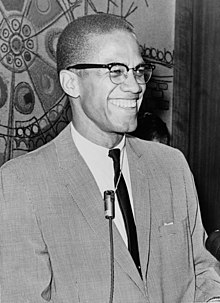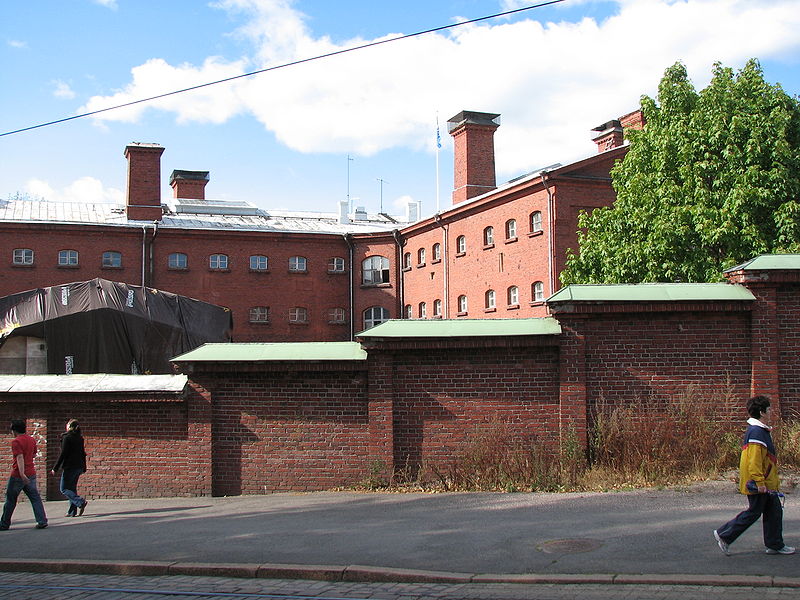Landschlacht, Switzerland, 2 July 2016
Brexit and the European Championship seem all anyone can talk about these days, whether in the classes where I teach or at the Starbucks stores where I work as a barista.
As I don´t have a stake in either event, my thoughts are more preoccupied with my duties at hand, plans for future walks during my days off in my suddenly-more-open calendar, and writing my blog.
Earlier I mentioned, in Canada Slim behind bars 1: Voyeurs of tragedy, how I would tell the tales of my experience as prison tourist, prison tour guide and prisoner.
So let me begin with a confession…
I am a prison tourist.
Don´t misunderstand me.
There is no fetish involving steel bars, chains, or punishment.
There is no bloodlust craving or secret desire to build a do-it-yourself dungeon based on ideas discovered in these remembrances of penal past.
But rather I feel a mixture of emotions:
There is the grim realisation of the veracity of how we mere mortals “wrestle not against flesh and blood but rather against princes and powers and principalities”.
The state wields its enormous dual powers of law and order against crime to enact punishment upon those who breaks its laws just or injust, and though there are some who truly merit being removed from the general populace, there also exist those who are incarcerated not for crimes of violence but rather for their defiance of thought and action against rules that offend either the conscience or rational behaviour.
Sadly, these latter prisoners have often been treated as severely or worse than those prisoners of violent behaviour have been.
It is a rare man who can be trapped within the penal system of law and order and walk out stronger than when he walked in.
And, of course, not every man walks out.
There is also within me a spark of optimism.
For as bad as modern prisons are, in former times many prisons were worse.
This is not to say that this trend has been global, for there still do exist in some parts of the world hellholes unspeakably vile and cruel, but in lands where these words might be read I do believe some improvement has been shown.
I do believe in separating the truly violent elements of man apart from potential victims, but I remain unconvinced that sticking a man in a cage will somehow improve him, somehow rehabilitate him.
I also believe that a state that advocates capital punishment is hypocritical in suggesting that it is immune from moral censure for doing the very acts that it itself condemns.
Murdering a murderer is murder, regardless of the justification given.
And for those families and lovers left alone and tragic by a murderer´s act more blood spilt will not bring their lost ones back nor ease the pain of that loss.
Vengence is not justice.
It is simply revenge.
Killing someone who is trying to kill you may be called “war”, but ending a human life before its time is still murder, no matter what nobility we pretend this act has.
I don´t blame the soldier as much as I blame the folks who caused the wars to occur.
I have had the great blessing of having visited a number of countries during my brief half-century of existence and when opportunity presented itself I would try and discover for myself aspects of these countries´ heritage in hopes of better understanding these places I found myself in.
But I am only one man, limited by both time and money, living on a planet where there exists more than 55,000 museums in more than 202 nations scattered across the globe.
In the world´s tiniest nation, Vatican City, there are at least 8 museums worth exploring.
In the US, a nation of museum afficiandos, there are 35,000 registered museums.
My homeland of Canada has at least 2,000 official museums.
My present country of residence Switzerland has 750 museums.
So much to see and do in only one lifetime…
In my travels throughout Canada and during my one visit to Australia I visited a few prison museums and was fascinated by all I saw and learned about how penal order was maintained and about some of the characters that once occupied the cells within these walls.
To be clear, I separate concentration camps from prisons, as the former are not confinement for criminals as they are a state´s attempt to separate from the general populace those of undesirable ethnicity or belief or sexual orientation or physical / mental capacity in an attempt to purge these elements out.
At present, I have yet to visit concentration camps, but I fear the great sorrow and anger I anticipate feeling upon seeing such vast inhumanity being visited upon innocents whose only offense was being different from the accepted norm.
If you, gentle reader, sat me down and asked me straight out direct what prison museum have I seen that I would most recommend to a visitor, I would, without hesitation, recommend Fremantle.
Fremantle, Western Australia, Australia, April 2014
My best friend Iain of Liverpool was getting hitched to a lovely lady from Perth and I was his best man for his wedding in Perth.
Being my first visit to Oz (and to date my only) I did want to explore as much as I could, but obligations to the bridal pair as well as the normal restrictions of limited time and finance meant my explorations were bound to seeing only Perth, Fremantle and New Norcia.
I was in Oz for a wedding, not for pleasure!
To be fair, I have absolutely no regrets, though I won´t deny I did embrace my moments of exploration when they became available, I also thoroughly enjoyed my moments spent with Iain and Samantha and her family and friends and feel truly honoured and blessed that they wanted me to share in their special moment.
Fremantle Prison is Western Australia´s only World Heritage building.
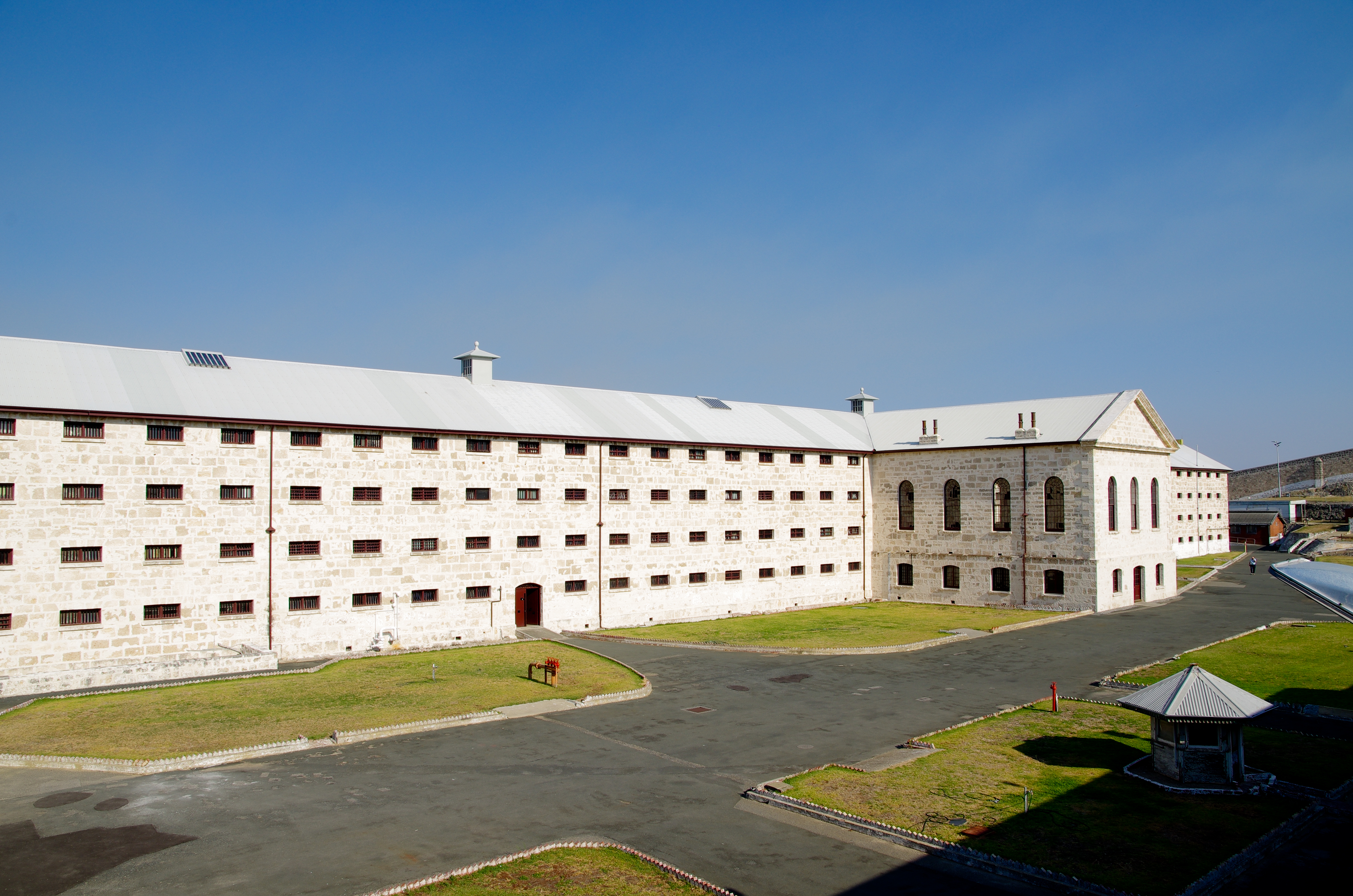
In 2010, Fremantle Prison, along with 10 other historic convict sites around Australia, was placed on the World Heritage Register for places of universal significance.
Collectively known as the Australian Convict Sites, these places tell the story of the colonisation of Australia and the building of a nation.
Fremantle Prison is Western Australia’s most important historical site.
As a World Heritage Site, Fremantle Prison is recognised as having the same level of cultural significance as other iconic sites, such as the Pyramids of Egypt, the Great Wall of China, or the Historic Centre of Rome.
For 136 years, between 1855 and 1991, Fremantle Prison was continuously occupied by prisoners.
Convicts built the Prison between 1851 and 1859.
Fremantle Prison is the only surviving intact convict-built prison in the world.
Fremantle Prison is the longest and tallest convict-built structure in the Southern Hemisphere, 136 metres long and 20 metres / 15 feet high.
Its original capacity was 1,000 men.
The cells were 1.2 metres / 7 feet wide by 2.1 metres / 4 feet high, fitted with a hammock slung between raw limestone walls.
Cold, claustrophobic, uninviting.
Seven gun towers around the perimeter walls look down on the Prison and the town of Fremantle with its harbour.
A chill wind whistles in from the southwest Indian Ocean.
Initially called the Convict Establishment, Fremantle Prison held male prisoners of the British Government transported to Western Australia.
After 1886 Fremantle Prison became the colony’s main place of incarceration for men, women and juveniles.
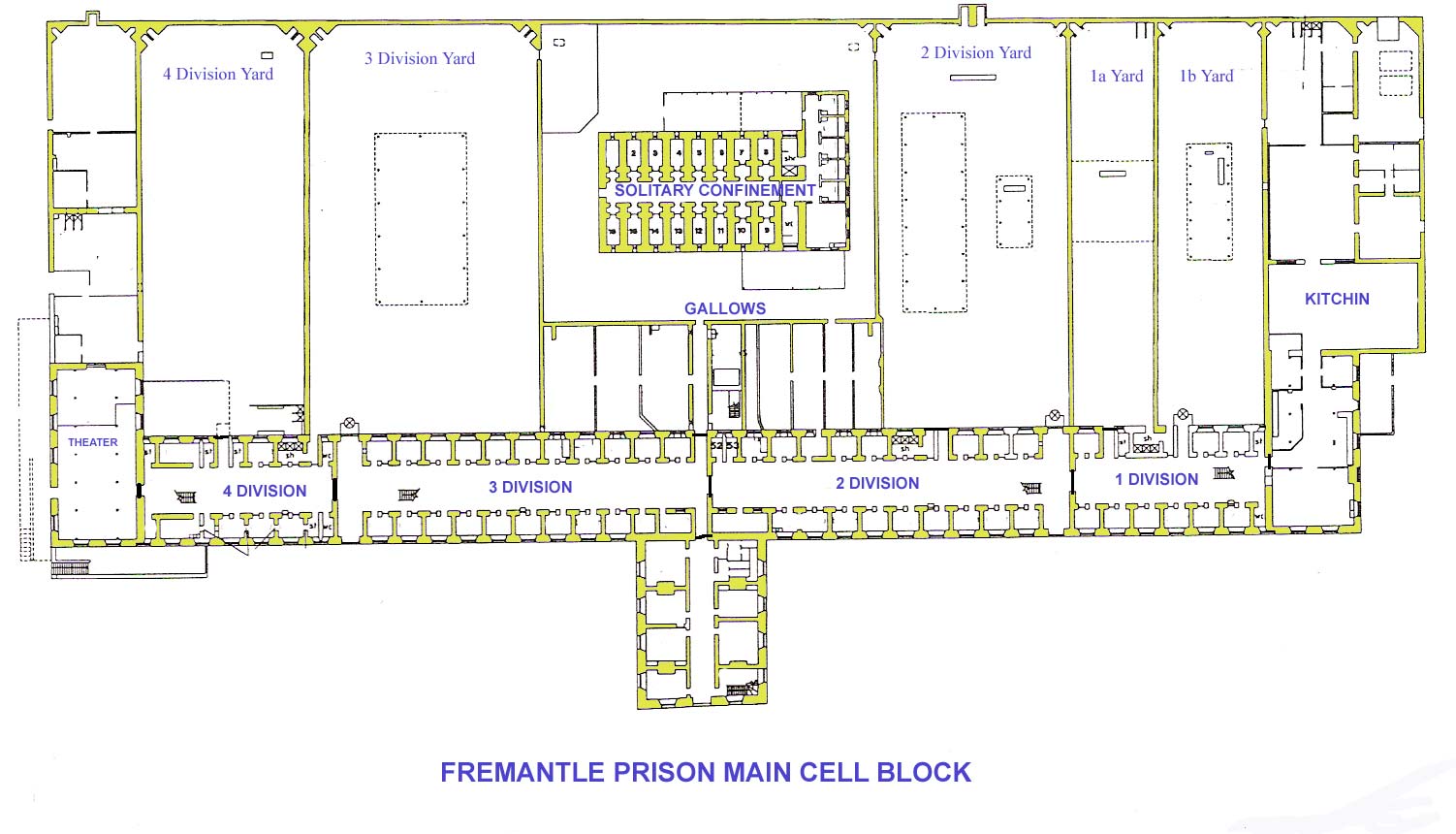
Fremantle Prison itself was finally decommissioned in November 1991 when its male prisoners were transferred to the new maximum security prison at Casuarina.
Fremantle Prison was a brutal place of violent punishments, such as floggings and hangings.

Conditions were primitive: freezing in winter and scorching in summer, infested with cockroaches and rats.
The site was lonely and cruel.
It housed thousands of prisoners, each with a fascinating story to tell.
Fremantle was the site of numerous daring escapes and prisoner riots.
Throughout its operational history, Fremantle Prison held thousands of Aboriginal men, women and children.
Fremantle Prison exhibits an extraordinary power of place.
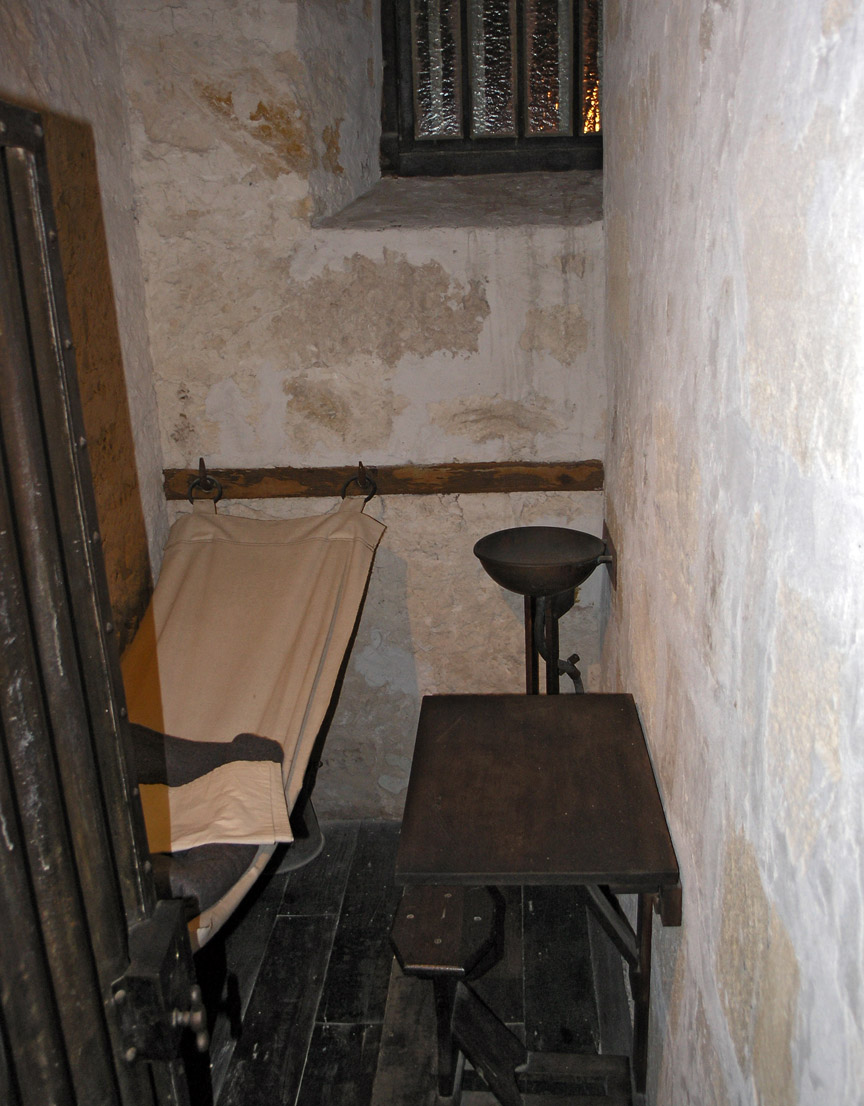
Above: One of six cells restored to represent the Prison´s varying living conditions at different times in its history
Because it remained operational as a prison until 1991, the site is remarkably intact and authentic.
Visiting the Prison one can see first hand what life was like for modern prisoners as well as for convicts 150 years ago.

Why convicts in Western Australia?
One must remember that Australia is not just a country, but is a continent unto itself.
Western Australia is beyond huge…
If Western Australia were its own separate country (which would suit WA just fine!), it would be the 10th biggest country in the world.
Western Australia was founded in June 1829 (I think it was a Tuesday?) by a group of 69 people, including military officers, free settlers, their families and servants, led by Captain James Sterling, the colony´s first Lieutenant Governor.
Although their philosophy was Utopian and aimed at the instant creation of a community of gentlemen farmers their experience was harsh.
There were no roads, no bridges, no labourers to build them.
The land had to be cleared and fertile soil was extremely limited.
Despite the first 20 years being filled with frustration, many labourers enjoyed being free of the restrictions of life in England.
One wrote:
“We bless the day we left England….I am at work brickmaking….I work 8 hours a day….I have no rent to pay, no wood to buy. I just go outdoors and cut it down….It is not here as in England. If you don´t like it, you may leave it….”
But the colony would stagnate without massive injections of capital and labour, so, despite many misgivings, the settlers petitioned England, asking for the introduction of convicts.
As British jails were full, the government agreed to transport felons.
The Scindian brought the first 75 convicts to Western Australia on 1 June 1850.
9, 601 were to follow.
All were male, which would create a great gender imbalance in the colony.
On arrival in WA, convicts had all their personal possessions, including the clothes they were wearing, removed and sold to pay for their board and maintenance.
Each convict was issued the government uniform of trousers, vest, a light white canvas jacket and a straw hat.
Convicts would assemble on the Parade Ground at 5 am and by 6 am would march off to work wherever they were needed.
Besides Fremantle Prison, convicts would construct many public buildings, including the Perth Town Hall and the WA Government House, as well as bridges and highways.
After convict transportation to the colony ceased in 1868, Fremantle Prison became WA´s major civilian prison.
From 1888 to 1970, Fremantle also served as a Women´s Prison with walls built around their section separating them from the men.
From 1940 to 1946, Fremantle was one of more than 50 military prisons across Australia holding a combined total of more than 12,000 POWs, with Fremantle accommodating 400 military prisoners by October 1945.
A prisoner´s daily routine remained the same for over a century and a half.
The prison day begins at 6. 45 am (an hour later on weekends and public holidays).
The junior night officer rings a hand bell 15 minutes prior to the unlocking of the cells.
The prisoners rise, dress and prepare for the day.
The prisoners, who have been locked in their cells for the past 14 1/2 hours, stand outside their cell door until told to “file off”.
The prisoners move away from their cell with their toilet bucket and their water bucket, a flask and meal plate tucked under their arms, a safety razor in their top pocket, toothbrush in mouth.
The air has its own unique perfume, combining body odors, the stink of urine and faeces, the smell of disinfectant and the aroma of a breakfast of bacon and eggs for the officers, porridge for the prisoners, bread with Vegemite, honey or margarine, and black tea.
Lunch and dinner are meat dishes – corned beef, sausages or mince pie – with mashed potatoes and cabbage -served with bread.
The prisoners eat their meals inside their cells.
The toilet buckets are emptied into the septic traps, to be hosed and disinfected by the yardman prisoner.
The prisoners go to a water trough to brush their teeth, shave and wash their face and hands.
Showers are only three times a week, on Monday, Wednesday and Friday.
Prior to the installation of showers, prisoners would be entitled to a bath once a week only.
The Prison attempted to install portable chemical toilets in the 1970s, but prisoners smashed them and drank the chemicals!
Buckets were used until the day the Prison closed on 31 October 1991.
The prisoners work in the cookhouse, the divisions (sections of the Prison), the yards, the hospital, the carpenter shop, the metal workshop, the tailor shop, the boot shop, the print shop, the clothes storage area, the library, the concrete fabrication shop, the gardens and the school.
The library held around 10,000 books.
Electricity was installed in the 1920s.
The Prison also has its own Church of England chapel, the only place in the Prison that has no bars across the glass windows.
Many convicts are not nice people and putting them in a prison will not make many of them act nicely, so punishments are used to keep the convicts in line.
Misbehaving prisoners are punished with flogging, solitary confinement and working in chain gangs at gunpoint, as well as restricted diets of bread and water, time spent in irons and a lengthening of the prisoner´s sentence.
Particularly difficult prisoners are put to work hand pumping groundwater into the Prison´s reservoir – “cranking” was especially despised by the prisoners.
Prisoners sentenced to capital punishment await their fateful day in Death Row, confined separately, under constant supervision, often kept under restraint, permitted an hour of exercise each day.
Death Row inmates are permitted visits by friends, relatives, legal counsel and clergy.
Hanging is usually at 8 am on a Monday, unless Monday falls on a public holiday.
The day of execution has arrived.
The condemned is woken at 5 am, taken for a shower, given special clothing held together with tape rather than buttons.
At 6 am, the prisoner is escorted to the holding cell next to the gallows.
The last meal is toast and tea.
Brandy and a visit by the clergy are offered the condemned person.
0759: Four men arrive at the holding cell.
The prisoner is brought out into the corridor and hobbles placed upon the prisoner´s ankles.
Handcuffs keep the prisoner´s hands behind the back.
A calico cap is placed upon the prisoner´s head, to be later pulled down over the prisoner´s eyes.
Prisoners in the exercise yards are still.
The entire Prison is quiet.
The condemned is escorted to the gallows door and blindfolded and a noose placed around the neck.
The prisoner drops into eternity.

43 men and one woman were hanged in Fremantle Prison, all as punishment for murder.
The first hanging was on 2 March 1889.
The last hanging was on 26 October 1964.
The tours are excellent and quite informative and some of the guides are said to be ex-wardens.
Fremantle Prison received international as well as Australian tourists, as well as ex-cons, former prison officers and their families, over 180,000 visitors a year.
Beside the Prison itself, there is a visitors´ centre with a searchable convict database, an art gallery, a café, a gift shop and tourist accommodation.
The art gallery showcases and offers for sale the artworks of current and former prisoners of Western Australia.
Many cells and areas of the Prison depict prisoners´ artwork.

The laughter of school groups does little to dispell the gloom and foreboding of this place.
And the guides will speak little, if at all, about prison tattooing, riots or graffiti portraits of revenge, sex or brutality.
A chill wind still whistles through the corridors and clouds seem everpresent above the watchtowers.
The unconscious mind compels you to want to flee, to run, to escape.
And there were many escapes from Fremantle Prison over the years.
Ask the guides for the tale of Moondyke Joe or the tale of the Fenian O´Reilly or the great escape of Hooper and Cabalt.
Hollywood writers, have your notebooks a-ready.
A prison is a scar upon both the physical and psychological landscape of a country.
And it still remains a matter of great debate how effective a prison is.
And though one might, in all good conscience, argue that it is perhaps inherently wrong to view a place of punishment as a tourist attraction, perhaps as it would be great if swords might be converted into ploughshares maybe the future may see a day when all prisons are converted into museums or alternative accommodation.
Perhaps some day societies will find a more humane and rational method of controlling its misbehaving elements and prisons become obsolete.
But prisons should still remain standing as reminders of the evil than men do and as reminders of the evil men do to control its societies.
The sun might shine brightly on the prospect of tomorrow, but the winds of the past remain chilly.
(Sources: E. Langley Smith, Fremantle Prison: An Overview; Wikipedia)



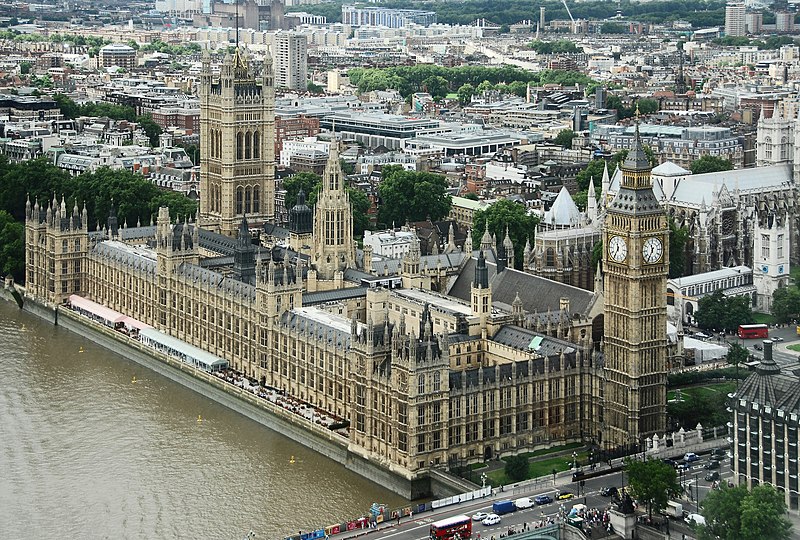














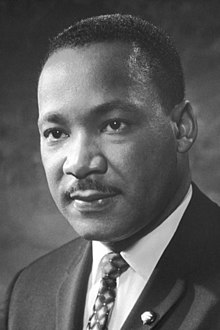







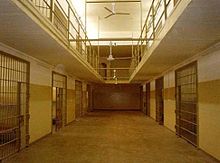





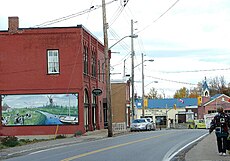




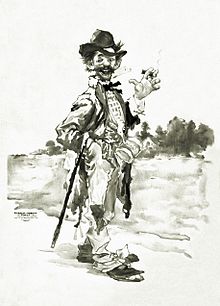








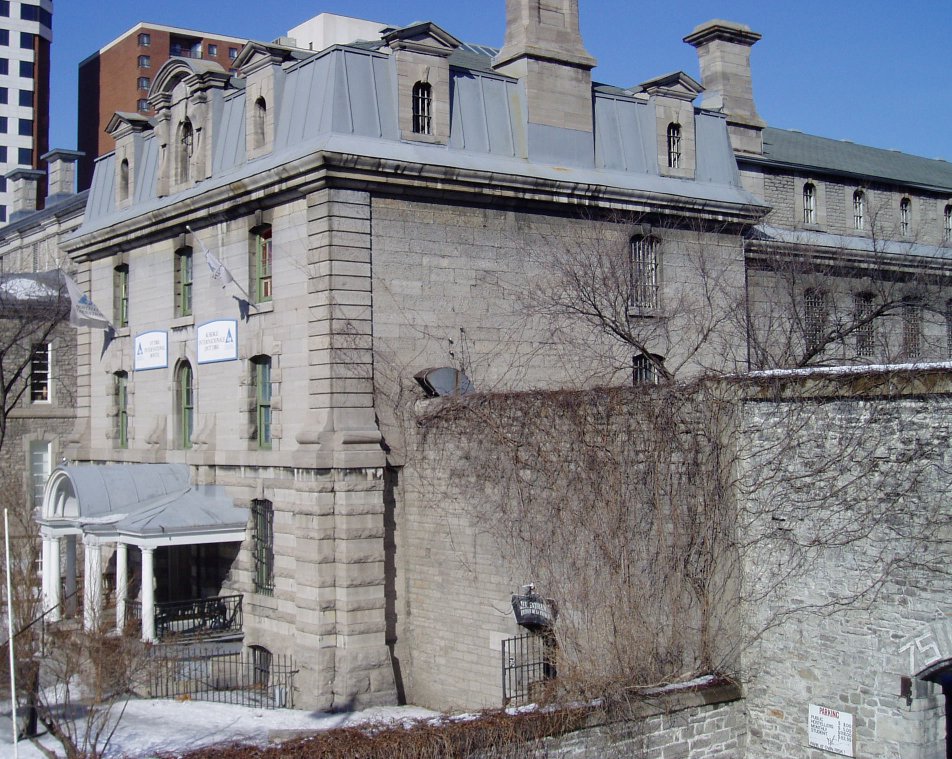

















 One can sleep there as well as tour the Prison.
One can sleep there as well as tour the Prison.







